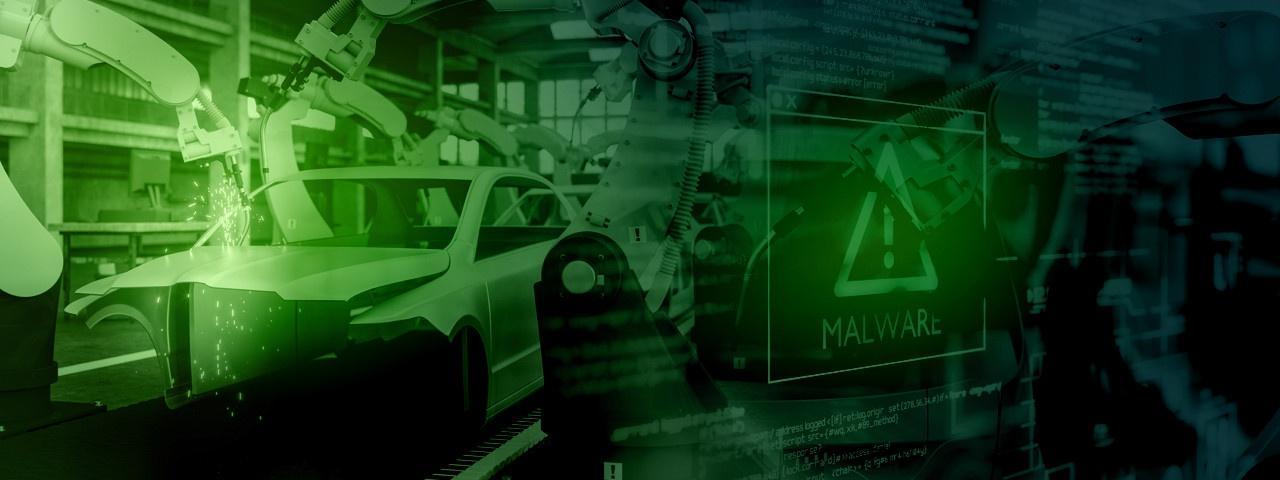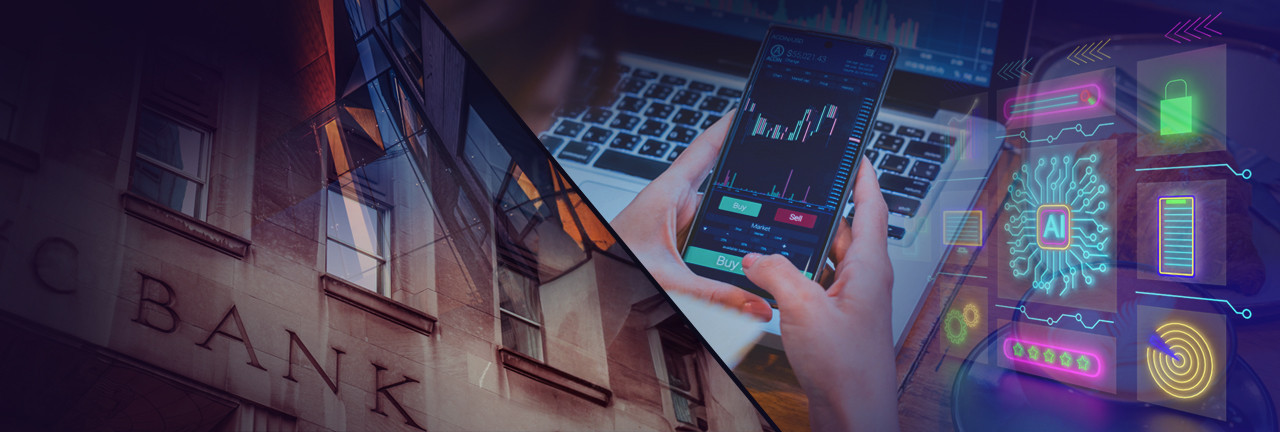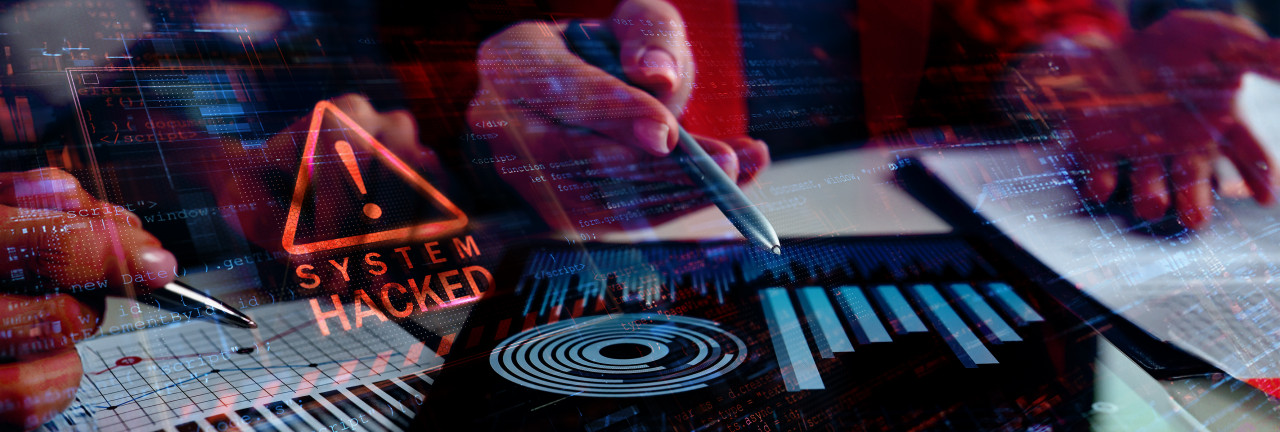Cyber professionals say that companies involved in the manufacturing industry are more exposed to cyber-attacks. This was revealed by a number of studies produced by the Manufacturers Alliance for Productivity and Innovation (MAPI). According to MAPI; 40% of manufacturing firms experienced a cyber-attack within the last year. Of those attacked, 38% of them suffered over $1 million in damages.
Although the sector as a whole has traditionally been comparatively wary of the ever-increasing pace of technology, legal services are increasingly data driven, with an abundance of AI-related discussion emerging within legal technology circles. The core Document Management Systems (DMS) and Practice Management Systems (PMS) remain the centre of focus for how and where to deploy a variety of rapidly maturing SaaS platforms, or dedicated, highly customised suites.
Retailers - be they small local shops, online sellers, or top global brands - generate, transfer, and store more data than ever before, ranging from customer data (both online and in-store, as we have considered in previous articles), to supply chain and asset tracking data. Whether it's shopping online or utilising in-store apps to access the latest savings and special offers, the way customers shop has fundamentally changed forever, with the data they generate online and in person allowing retailers to build up unique personas that drive truly bespoke experiences.
As a long-standing technology partner for multiple financial organisations across the UK, the team at Exponential-e have been observing the sector's evolving relationship with technology for some time - both the growing demand for a higher standard of operational resilience, and an increasing awareness of the challenges and opportunities that Cloud transformation presents.
The Finance sector has always been one of the most dynamic, rapidly evolving industries, and this shows no signs of changing any time soon. But while shifts in the landscape may well open new opportunities, they will also come with new challenges, and it is the organisations who are ready and able to face these head-on who will continue to thrive in the years ahead.
From day-to-day consumer banking to high-profile asset and wealth management, the way we all access financial services is changing in ways that would have been inconceivable just a few years ago. Online banking is now firmly established, allowing customers to manage their money securely within a few clicks - anytime, anywhere and without the need to visit a branch. A 2022 survey revealed that the quality of the online experience was a key factor in 81% of adults' choice of bank1.
Any organisation that has tried to recover from a ransomware attack knows that it can be time-consuming and costly. Companies hit by an attack must choose between paying a ransom or recovering encrypted data from a backup.
Unfortunately, ransomware gangs are too aware that they can leverage significantly higher ransoms from their corporate victims if they have also compromise the company's backups. For this reason, we are seeing more and more cyber attacks targeting backups because they know that organisations desperately need them to recover if they want to avoid paying a ransom to cybercriminals.
The international hotel chain Omni Hotels & Resorts has confirmed that a cyberattack last month saw it shut down its systems, with hackers stealing personal information about its customers.
In the aftermath of the attack, hotel guests reported that they had been forced to check in on paper, that room keys didn't work, and all phone systems and Wi-Fi were offline.
What's happened?
Recorded Future has reports that the British Government is proposing sweeping change in its approach to ransomware attacks.
Although the rise in money criminals have generated through ransomware has risen by what may appear to be a small percentage amount (approximately 2% from US $449.1 million to US $459.8 million), this is in spite of disruption caused to ransomware-as-a-service operations such as LockBit and ALPHV/BlackCat by law enforcement agencies.
The figures for the first half of 2024 include the US $75 million reportedly paid to the Dark Angels ransomware gang by an undisclosed Fortune 50 company, in what was believed to be the largest ever single ransom payment made since records began.
The ballooning size of maximum ransom payments represents a 96% year-on-year growth from 2023, and a 335% increase from the maximum payment made in 2022.
Chainalysis's research reveals that the median ransom payment made in response to the most severe ransomware has rocketed from just under US $200,000 in early 2023 to US $1.5 million by mid-June 2024.
The researchers believe that this 7.9x increase in the typical size of ransom payment (a nearly 1200x rise since the start of 2021) suggests that larger businesses and critical infrastructure providers considered more likely to agree to make higher payments due to their greater access to funds and the more significant impact of downtime.
Against this backdrop, the study claims that ransomware victims are giving in to extortion demands less often. As it explains:
Posts to ransomware leak sites as a measure of ransomware incidents have increased YoY by 10%, something we would expect to see if more victims were being compromised. However, total ransomware payment events as measured on-chain have declined YoY by 27.29%. Reading these two trends in tandem suggests that while attacks might be up so far this year, payment rates are down YoY. This is a positive sign for the ecosystem signalling that perhaps victims are better prepared, negating the need to pay.
In short, ensuring that your organisation had prepared to respond to a ransomware attack is essential.
Many organisations underestimate the importance of having a robust incident response plan. But knowing how to respond, especially in those critical first 48 hours after a cyber attack, can be critical.
Do you worry your company won't know how to recover after a cyber attack? Has your business just been hit by ransomware and you're wondering what to do?
There's still hope.
Don't make the mistake of believing that your organisation will never be targeted. The right approach is to take proactive measures in advance - as it's not a case of whether your business will suffer the likes of a ransomware attack but when.
Make sure to read Exponential-e's step-by-step guide on ransomware remediation.
Stoli Group USA, the US subsidiary of vodka maker Stoli, has filed for bankruptcy – and a ransomware attack is at least partly to blame.
The American branch of Stoli, which imports and distributes Stoli brands in the United States, as well as the Kentucky Owl bourbon brand it purchased in 2017, was hit by a ransomware attack in August 2024.
The UK government has proposed extending its ban on ransomware payments to cover the entire public sector in an attempt to deter cybercriminal attacks and protect taxpayers.
In a heightened cyber threat landscape - where ransomware attacks are increasing in frequency and sophistication - and having weathered the challenges of COVID-19 and the resulting move to hybrid working, the Finance sector is still continually challenged to demonstrate to its customers that critical services will remain available no matter what, and that sensitive financial data will remain fully secure at all times.
For some years now, Cloud adoption has been steadily on the rise across the UK's Finance sector, with organisations including banks, insurers, and investment firms phasing out increasingly cumbersome legacy systems in favour of more scalable, agile, and cost-effective infrastructure. Indeed, more than 48% of UK banking services are now built on Cloud infrastructure.
The digital landscape is evolving at a rate that's never been seen before and is set to continue accelerating in the years ahead. In such a fast-paced environment, the ability to work flexibly, responding to unexpected challenges and optimising the time-to-market for new innovations, is critically important for all organisations - whether they're ambitious start-ups or established global leaders. While IT infrastructure must certainly support this - hence the widespread phasing out of legacy infrastructure in favour of increasingly sophisticated Cloud transformation strategies - any new technology will be of limited effectiveness if processes and methodologies do not evolve in parallel.
The Challenge
In Q3 of 2024, the CEO of a UK-based bank received an email from a ransomware group, informing him that the bank's data had been encrypted and would be released on the dark web unless a ransom demand was paid. Although several insurers and consultants were engaged to resolve the situation, the slow response times made it clear that an alternative approach would be needed.
Finally, in order to minimise the resulting downtime and resume operations as soon as possible, without giving in to the criminals' ransom demand, the organisation engaged Exponential-e to restore and secure their critical servers. With even the shortest period of downtime resulting in serious financial and reputational damage, a team of incident response specialists immediately began the restoration process, aiming to have the bank's systems back online in days rather than weeks.
The Solution
The restoration process began with a thorough audit of the IT ecosystem to establish which servers had been impacted, after which the affected VMs were powered down. A new, fully isolated VDC was created to store these VMs once they were recovered, along with a completely new firewall zone.
With the affected servers restored into this new VDC zone, firewalls were established to allow for the most basic access, after which malware scans were conducted. These scans continued for two days, during which the customer was granted initial access to the servers via a temporary SSL VPN with Azure MFA, allowing them to resume operations in just three days.
At this point, Zerto replication was set up for the new VMs, while Exponential-e simultaneously engaged with the third party that was conducting a forensic investigation.
Connectivity was soon re-established for the customer's other offices, at which point users were brought back online. Firewall logs were provided for the forensic team, along with initial access to VM images via vCloud Director.
Finally, a test rebuild of the affected VMs was conducted and finalised within two days, and additional firewall policies established.
Exponential-e has repeated variations of this process for multiple other organisations affected by ransomware attacks, allowing them to resume operations as quickly as possible and ensure their critical infrastructure is secured against future attacks.
The Result
Ongoing communication between all parties involved ,including a dedicated team of incident response specialists at Exponential-e with a defined action plan ensured a seamless restoration process. Day-to-day operations resumed in just seven days, without paying the criminals' ransom demand.
Don't wait for a crisis to expose the cracks, fortify your defences today. Discover how expert response turned seven days of chaos into operational recovery.





















